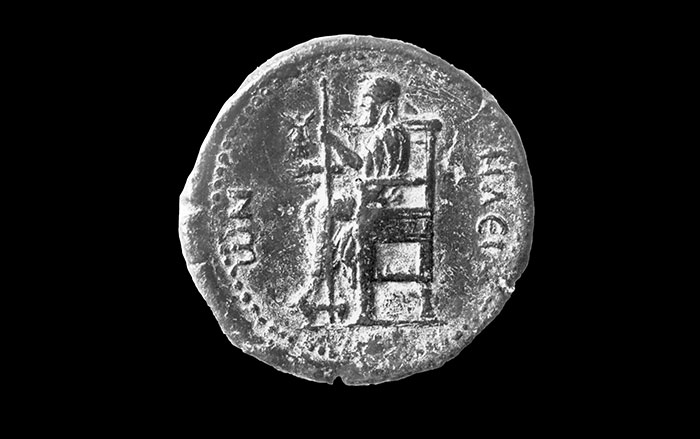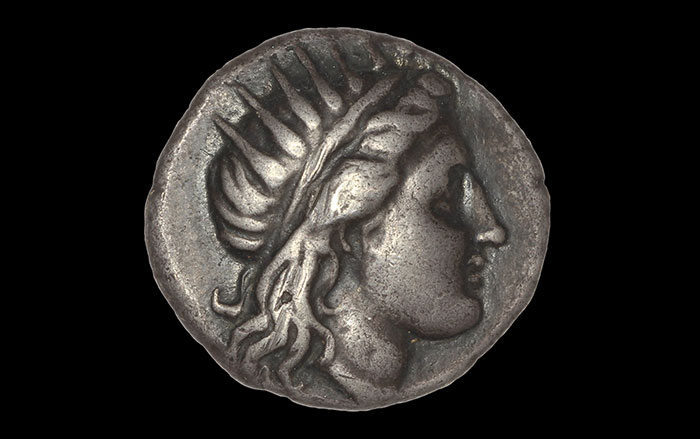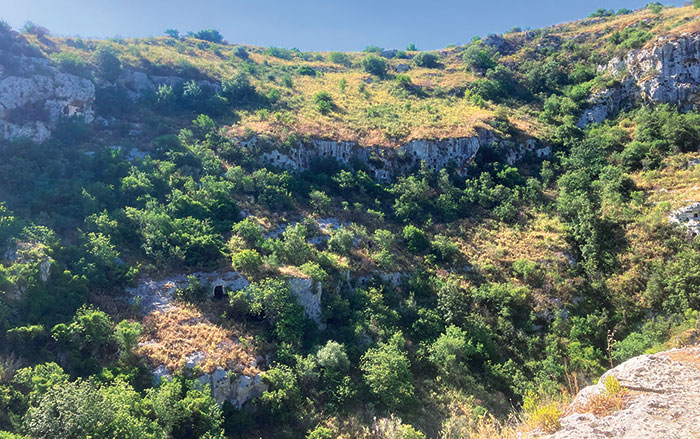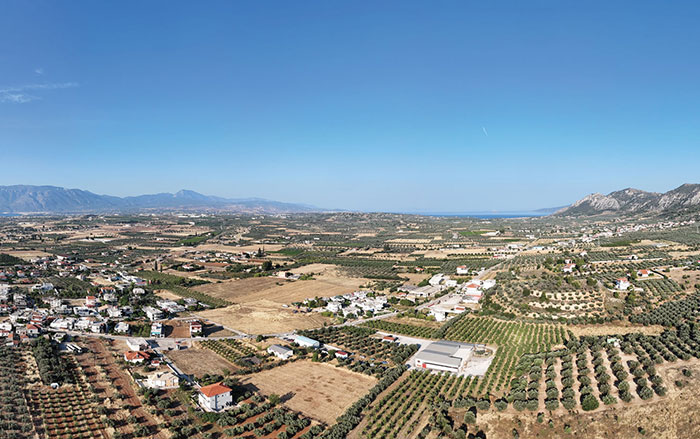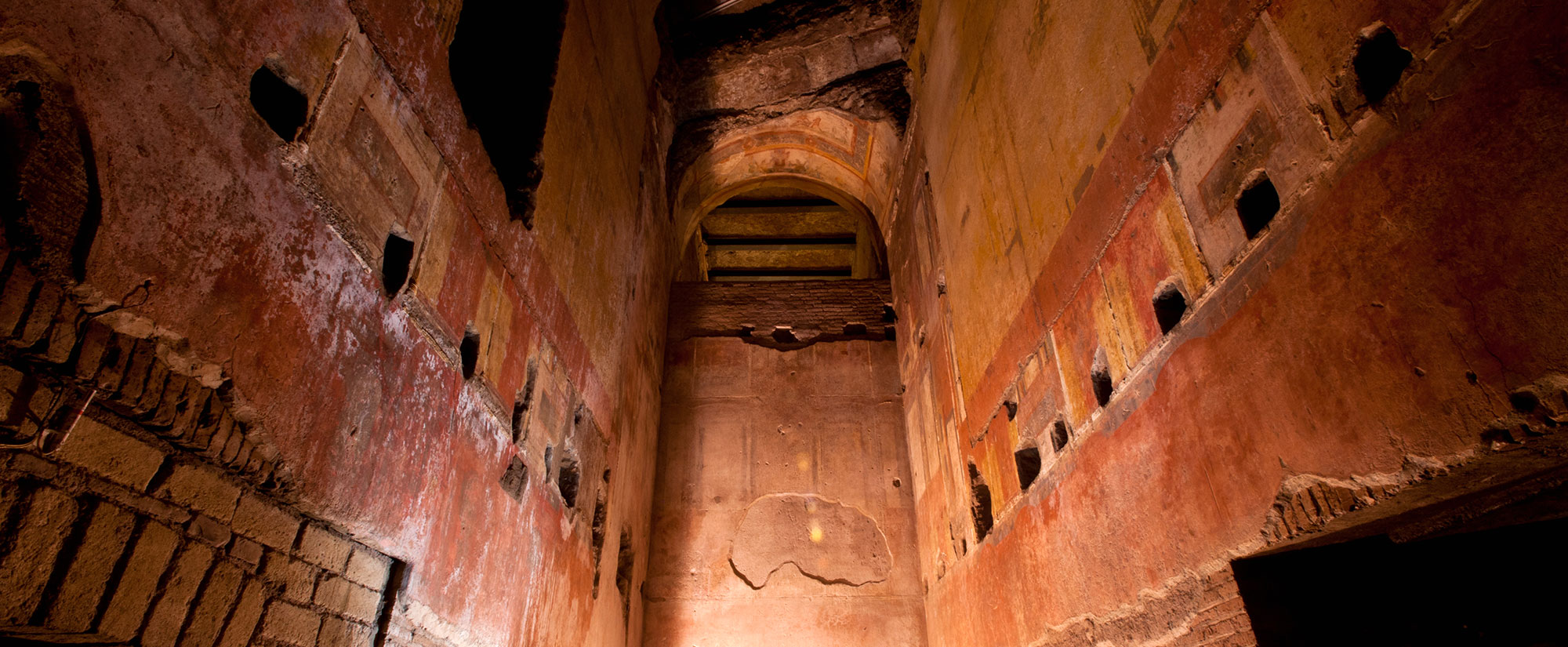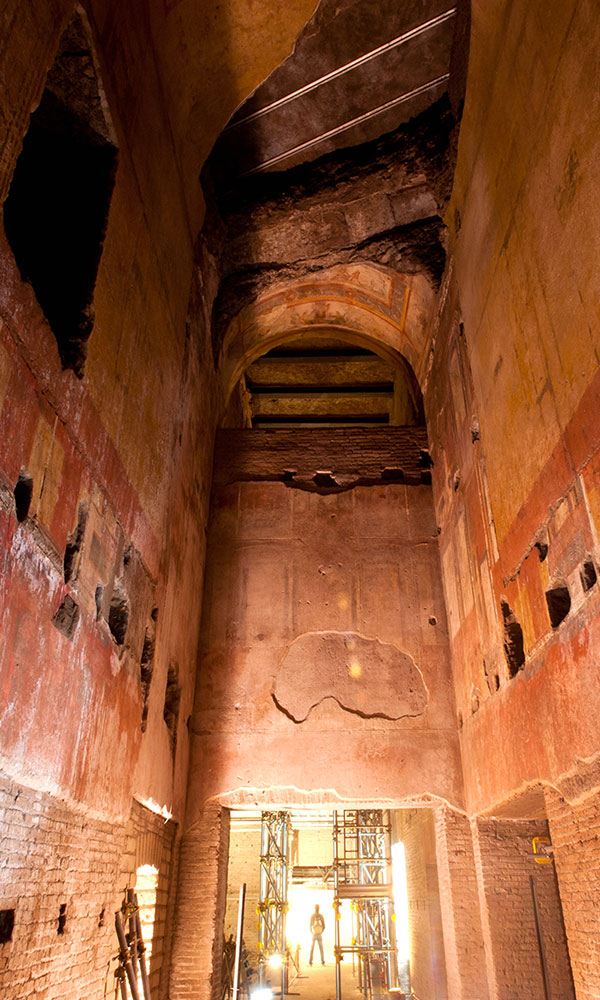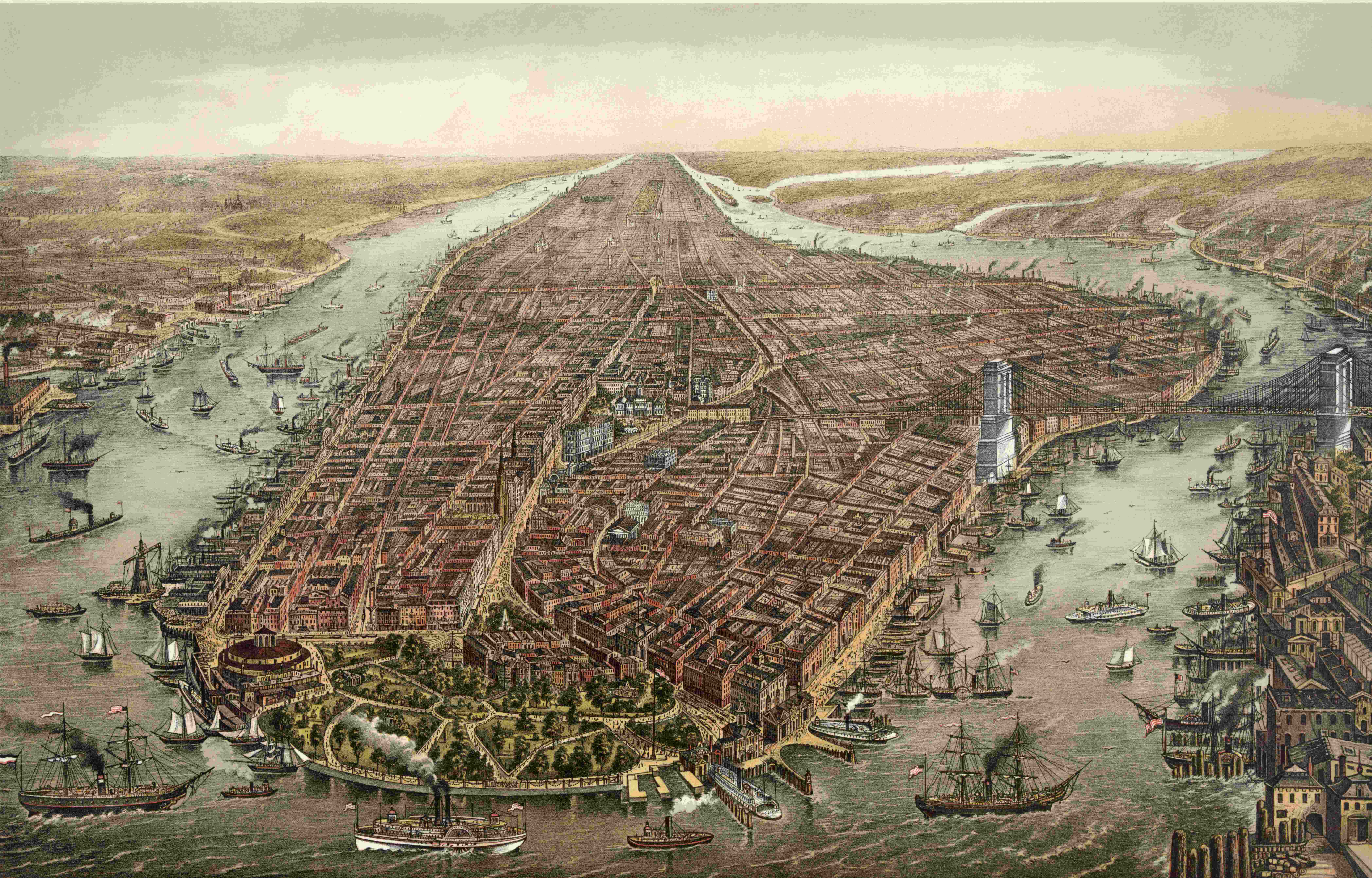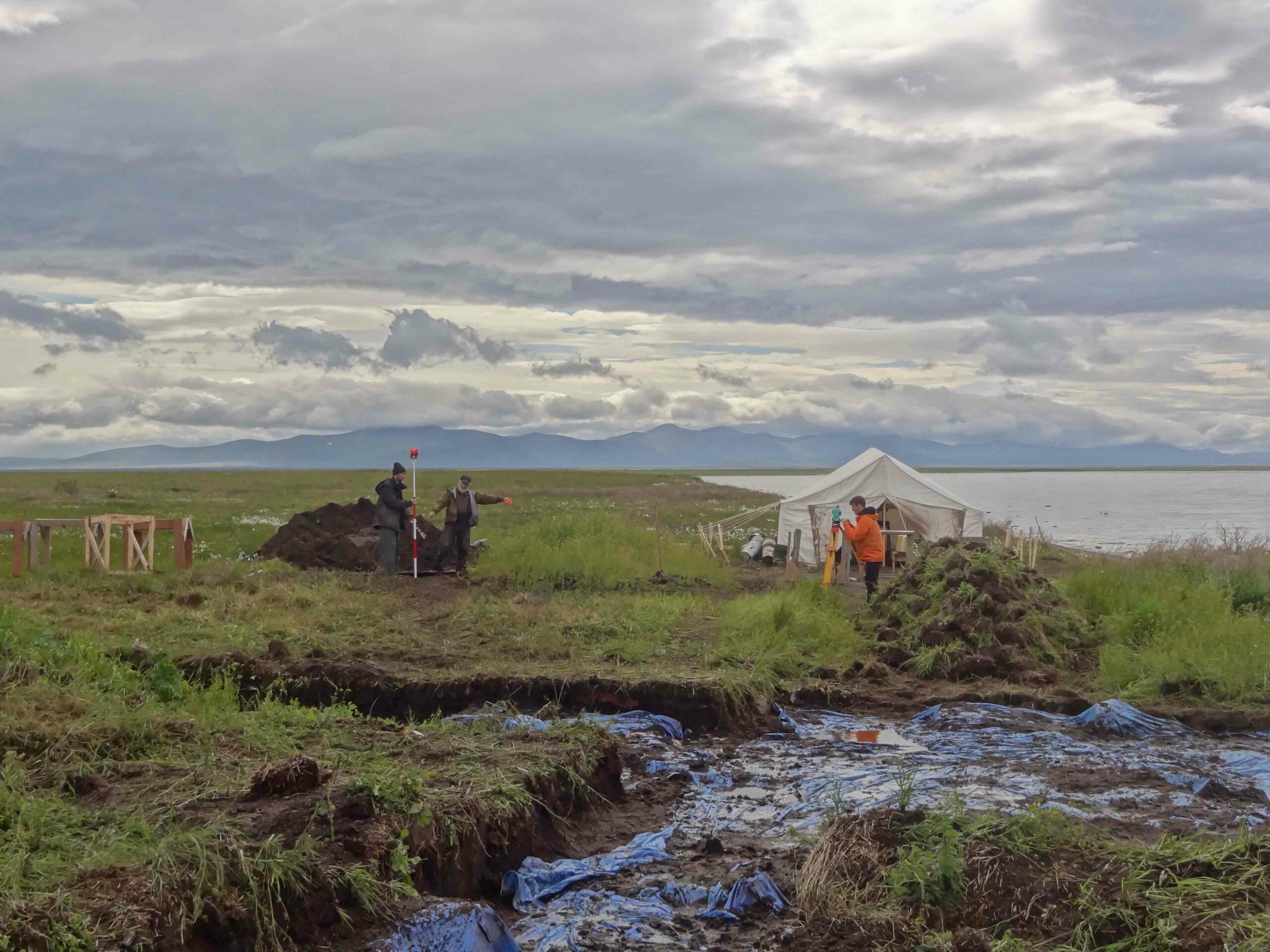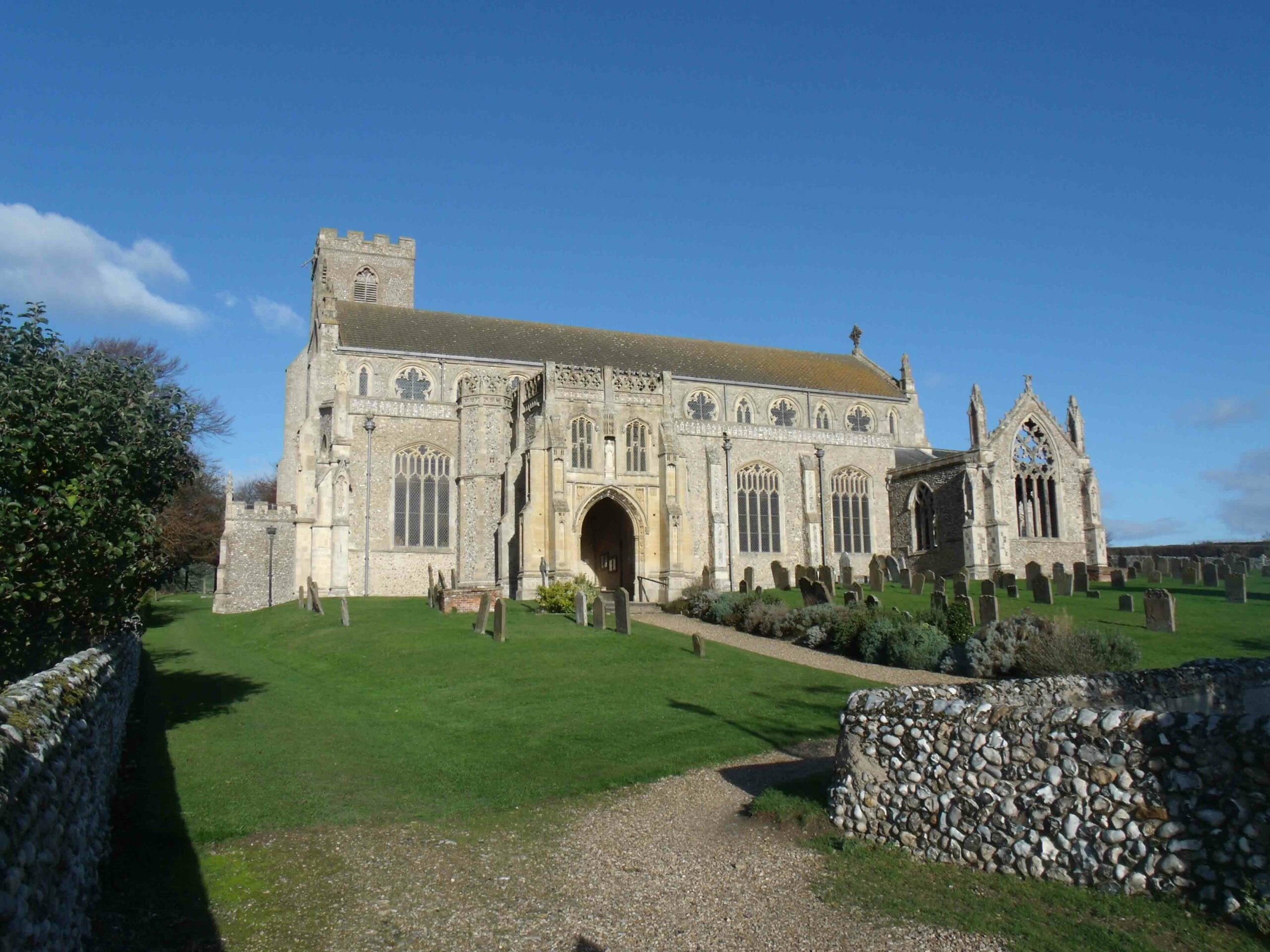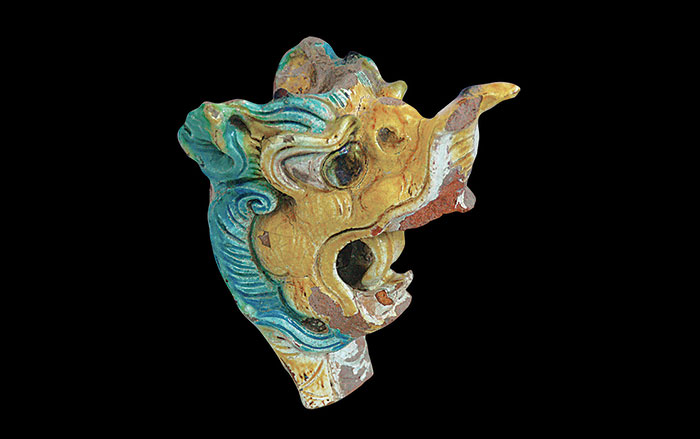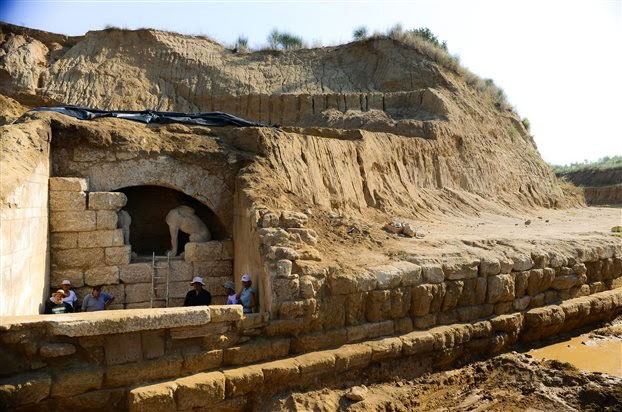
THESSALONIKI, GREECE—Archaeologist Katerina Peristeri claimed in a press conference yesterday that the vaulted tomb excavated last year in Amphipolis “was a funerary monument for Hephaestion,” Alexander the Great’s closest friend and general. At least five skeletons were found in the tomb, which featured twin statues of sphinxes and young women, a painted frieze, and a mosaic floor. Peristeri said that fragments of Hephaestion’s monogram have also been found inscribed in the tomb. According to a report by the Associated Press, Peristeri explained that there is no evidence that Hephaestion was buried at the site, but that it might be one of a series of monuments Alexander erected to his memory in 324 B.C. Panayiotis Faklaris of the University of Thessaloniki disagrees. “There is no historic or scientific basis,” for the claims he said. “Hephaestion had no connection with Amphipolis.” To read more about the Amphipolis tomb, one of last year's Top 10 Discoveries, go to "Greece's Biggest Tomb."


